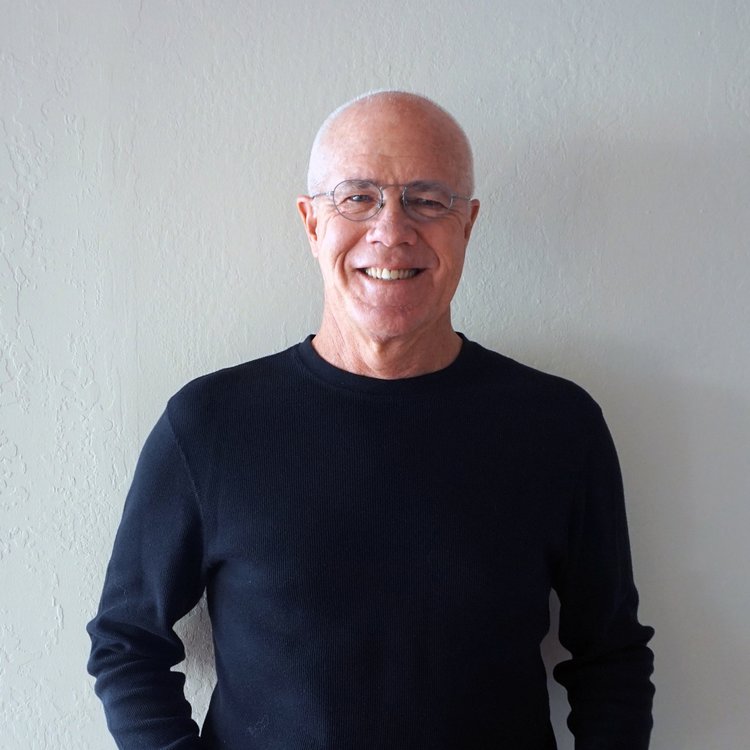First Hit: What if your last will and testament was manipulated and defied? This interesting film tells one story and has one wonder; what about the art?
I love modern art. Having a abstract expressionist as a mother definitely created an immediate interest in this film.
I watched with great interest because this film is about one of the greatest (if not the greatest) collections of modern art ever created. Dr. Albert Barnes made a lot of money by inventing and selling pharmaceuticals. With this money he decided to buy art, the modern art of the time. He bought 181 Renoir, 69 Cezanne, 59 Matisse, 49 Picasso, 21 Soutine, 18 Rousseau, 16 Modiglani, 11 Degas, 7 van Gogh, 6 Seurat, 4 Manet, 4 Monet, and lots of other items including works by Rubens and El Greco along with jewelry and Native American ceramics.
The Philadelphia art scene laughed at his purchases as being insignificant. Barne's, therefore, housed his collection in Marion just outside of Philadelphia. As time went by, his art became the envy of every museum in the world. Nowhere was there a better collection of modern art (worth more than $20 Billion).
Because of the slight by the Philadelphia art scene, Barnes’ Will expressly defined that his foundation, a teaching foundation, and its art would never be sold or loaned in anyway. Well, as time passed, problems erupted and it appears now, Philadelphia will get this art.
This documentary discusses the whole story and it is interesting to note that everyone associated with moving the art to Philadelphia refused to speak on camera for this film. To me there are two primary questions this film brings forth: 1) Does one’s last Will define the ending and what is to be done no matter what? 2) Is it fair to restrict the seeing of this fine art?
My initial answer is “Yes” to both questions because some great art isn’t seen today because it is in the hands of private collectors and I'm none the less of a person because I've not seen the art. And I’d like my last wishes to be honored. However, there is a very strong case for "No" to both questions as well.
Art is simply the medium by which a muse guided an idea, concept and feeling through an artist and how can that be owned except by the originator not the purchaser. And after a person is gone, what can one do about or how can one care about worldly possessions?
Don Argott did a fine job of piecing together this documentary. It is clear and attempts to present a complete story although people wanting to move the art to Philadelphia refused to speak in the film.
Overall: Interesting film which uses this collection to bring up larger questions about possession of art and the viability of Wills.
